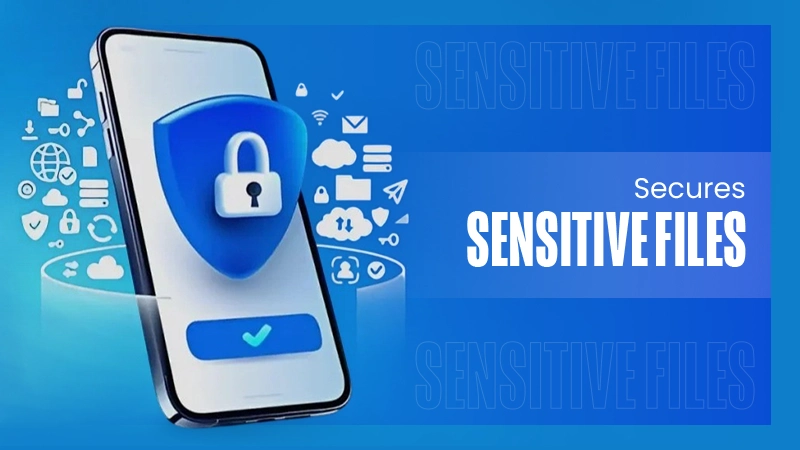
In an era where information is consumed primarily through sound, the demand for high-quality text to voice technology has skyrocketed. Whether creating engaging educational content, dynamic podcasts, or even bridging communication gaps for individuals with disabilities, the application of text to voice tools has never been more relevant.
These innovative solutions utilize advanced AI capabilities. These produce natural-sounding speech that closely resembles human pronunciation and inflection.
Let’s discover instant text to voice solutions with advanced AI for clear, expressive speech that brings your content to life.
The Evolution of Text to Voice Technology
The journey of text to voice technology has been remarkable. It evolves from robotic-sounding voices of the past to impressive AI-driven solutions today. The first text-to-speech (TTS) tools were developed in the 1950s, but it wasn’t until the 1980s that they became more accessible through desktop software.
Modern AI advancements have dramatically transformed the landscape. It integrates machine learning algorithms that analyze speech patterns and improve voice quality.
Key Features of Modern TTS Tools
New text-to-voice tools are getting really smart and fun to use. They now sound more like real people. This makes listening easier and more enjoyable.
These tools can also speak in many different languages, so people all around the world can use them. You can even change how the voice sounds. For example, how fast it talks or how high or low it sounds.
Some tools can be added to websites or apps, making everything work smoothly. Best of all, they can turn words into speech right away. This is great for things like live podcasts or online events.
How Text to Voice Enhances Learning and Accessibility
Text to voice technology is a game-changer in education and accessibility. For students with visual impairments or learning disabilities such as dyslexia, text-to-speech tools offer a vital resource.
They can convert written text into audio format. It allows students to absorb information more effectively.
The use of text to voice solutions in learning environments promotes inclusivity. It ensures that students of all abilities have access to the same educational content.
Students felt more engaged when using audio resources. It showcases the impact of TTS technology in enhancing the learning experience.
Choosing the Right Text to Voice Tool
With numerous text to voice solutions flooding the market, selecting the right one can be overwhelming. Here are some key considerations when choosing a TTS tool:
- Voice Quality
- Supported Languages
- Customization Options
- User Interface
- Customer Support
Taking the time to research and compare available options can lead to a more satisfying text to voice experience.
The Role of AI in Enhancing Voice Quality
Artificial intelligence plays a pivotal role in the development of high-quality text to voice solutions. By utilizing deep learning techniques, AI systems can analyze vast amounts of audio data, identifying patterns that mimic real human speech. This has led to the creation of voices that are not only more expressive but also capable of conveying emotions.
For example, advanced neural network-based TTS systems can adjust intonation and timing based on contextual cues within the text. This level of sophistication fosters a more immersive listening experience. It allows users to connect emotionally with the content being read.
Real-World Impact of Text to Voice Solutions
The real-world applications of text to voice technology are vast and varied. Text-to-speech (TTS) tools can really help people in many ways.
For example, people who have trouble seeing or learning can use TTS to listen to words instead of reading them. It makes things easier to understand.
Content creators like podcasters and video makers use TTS to make great-sounding audio without needing fancy equipment. Even businesses use TTS to send messages to customers in a clear and simple way, so they don’t have to read long texts.
These examples show how adopting TTS technology can break barriers and enable more effective communication across various sectors.
Getting Started with Text to Voice Solutions
For those looking to explore text to voice options, the process is relatively straightforward. Follow these steps to get started:
- Identify Your Needs
- Research Available Options
- Test Different Tools
- Implement and Integrate
- Gather Feedback
By taking these steps, you can ensure a smooth transition to using text to voice technology effectively.
The Future of Text to Voice Technology
The future of text to voice tools looks promising, with continual advancements predicted in AI capabilities and voice quality. As machine learning algorithms become more sophisticated, we can expect even more natural-sounding voices that are capable of emulating diverse accents and dialects.
Furthermore, the integration of TTS technology in emerging sectors, such as virtual reality and augmented reality, will enable immersive experiences that blend visual and auditory information. The possibilities are limitless, and the text to voice landscape will continue to evolve. It offers new solutions for users globally.
Embracing Text to Voice for Career Advancement
Integrating text to voice solutions into your skill set can significantly enhance your career prospects. In a world increasingly driven by digital content, the ability to create high-quality audio from written material is an invaluable asset. Whether you’re a student preparing presentations or a professional looking to streamline communication, mastering this technology can empower you to break into the job market.
Harnessing Text to Voice in Everyday Life
Across our daily routines, text to voice tools have found their place as indispensable aids. From reading eBooks aloud during commutes to providing voiceovers for videos, these solutions enhance not only productivity but also engagement with content. Individuals can maximize their use of text to voice and break into the job market to consume and share information in an efficient manner.
As you explore the various text to voice applications available, consider the different contexts in which they can be utilized. It recognizes their potential to improve your quality of life.
Voice Tools: Embrace the Power of Text to Voice Technology
Text to voice tools are revolutionizing how we interact with written content. It provides users with the ability to engage with information in an inclusive and dynamic manner. Whether you are looking to enhance your learning experience, improve productivity, or explore new career opportunities, adeptly utilizing these tools could be your gateway to success.
It’s time to embrace the transformative power of text to voice and unlock new possibilities in your personal and professional life.
For more innovation tips, check out our blog posts.










